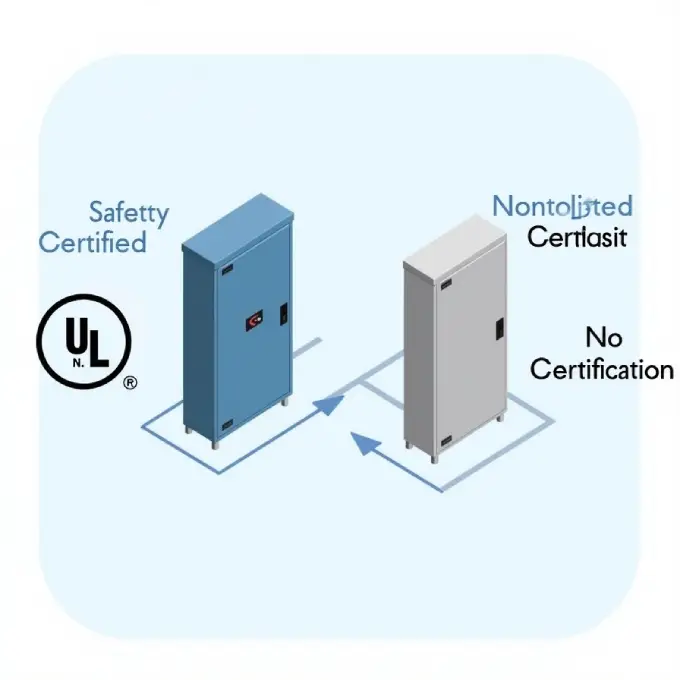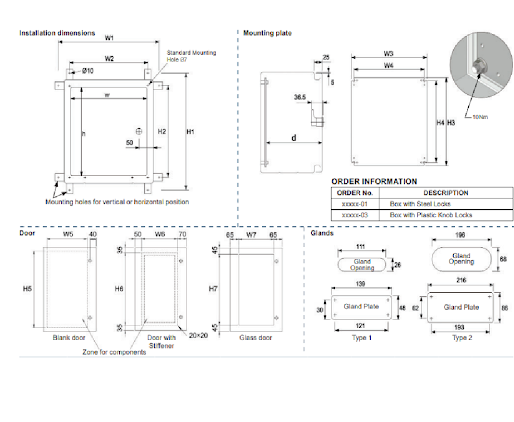When selecting electrical enclosures for your project, one critical decision is whether to choose UL-Listed vs. non-Listed enclosures. Understanding the differences between these two types can impact safety, compliance, and performance.
In this guide, we’ll break down the key differences between UL-Listed and non-Listed enclosures, helping you make an informed decision for your application.
What Does UL-Listed Mean?

UL (Underwriters Laboratories) is a globally recognized safety certification organization. A UL-Listed enclosure means it has undergone rigorous testing to meet specific safety standards for electrical equipment.
Benefits of UL-Listed Enclosures:
✔ Safety Assurance – Tested for fire resistance, impact protection, and environmental durability.
✔ Compliance with Codes – Required by many local and national electrical codes (e.g., NEC).
✔ Insurance & Liability – Many insurers prefer UL-certified products to reduce risk.
✔ Market Trust – UL certification enhances credibility with customers and inspectors.
What Are Non-Listed Enclosures?
Non-Listed enclosures have not been evaluated by UL or other nationally recognized testing laboratories (NRTLs). While they may still be functional, they lack verified compliance with safety standards.
Considerations for Non-Listed Enclosures:
⚠ Lower Cost – Often cheaper due to the absence of certification expenses.
⚠ Potential Risks – May not meet fire, electrical, or environmental safety standards.
⚠ Limited Acceptance – Some projects (especially commercial or industrial) may reject non-certified enclosures.
Key Differences Between UL-Listed and Non-Listed Enclosures
| Feature | UL-Listed Enclosures | Non-Listed Enclosures |
|---|---|---|
| Safety Certification | Tested and certified by UL | No third-party certification |
| Compliance | Meets NEC, OSHA, and local codes | May not meet required standards |
| Durability | Verified for impact, weather, and fire resistance | No guaranteed performance testing |
| Cost | Higher due to testing & certification | Typically lower |
| Acceptance | Widely accepted in commercial/industrial use | May be restricted in certain applications |
When Should You Use UL-Listed vs. Non-Listed Enclosures?
Choose UL-Listed Enclosures If:
- Your project requires compliance with electrical codes (NEC, OSHA).
- You need enclosures for harsh environments (outdoor, industrial, or hazardous locations).
- Insurance or inspectors demand certified products.
Non-Listed Enclosures May Be Suitable If:
- The application is low-risk (e.g., non-critical indoor use).
- Budget constraints outweigh certification needs.
- The enclosure is used in a non-regulated setting (e.g., DIY projects).
Final Thoughts
Choosing between UL-Listed vs. non-Listed enclosures depends on safety requirements, compliance needs, and budget. While UL-Listed enclosures provide verified safety and regulatory compliance, non-Listed options may work for less critical applications.
Before making a decision, always check local codes and project specifications to ensure the right choice for your needs.





.jpg)


.jpg)









